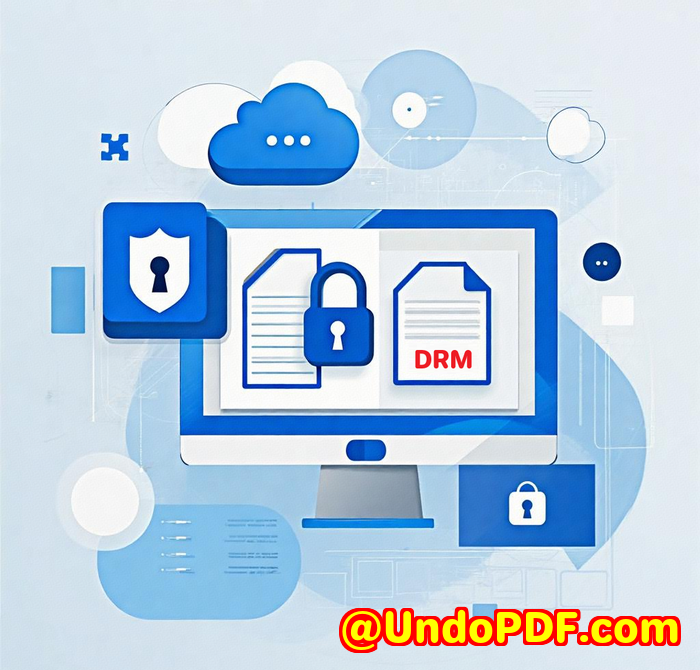Enable Multilingual Comments in PDFs with HTML5 Annotation Tool for Global Workflows
Meta Description:
Streamline global document collaboration by enabling multilingual PDF comments with VeryPDF’s HTML5 Annotation Tool. No plugins requiredfully browser-based.

Every Monday morning, I used to open a long thread of feedback emails from our international team, trying to align revisions made to PDFs across three time zones and four languages. It wasn’t just inefficientit was chaotic. We had Japanese engineers, German QA testers, and U.S. content editors all trying to annotate the same product manual. And of course, we used five different tools and file versions. I knew there had to be a better way. That’s when I found VeryPDF’s HTML5 PDF Annotation Source Code License, and it changed everything.
At first, I was just looking for a simple web-based PDF annotation toolsomething that didn’t need endless plugin installations or compatibility checks. But what I discovered with VeryPDF’s HTML5 PDF Annotation tool was much more than just “simple.” It was powerful, flexible, and multilingual. More importantly, it was something our developers could fully integrate into our internal platform, complete with custom workflows and user permissions.
Why This Tool Matters for Global Teams
VeryPDF’s HTML5 PDF Annotation is a developer-ready solution that lets you embed document annotation directly into your web appno Java or browser plugins needed. It supports over 50 file types including PDF, DOCX, PowerPoint, TIFF, and even DWG. I was surprised by how seamless the cross-platform compatibility was. Whether someone was commenting from Chrome on Windows or Safari on an iPad, the annotations were synced and viewable across all devices.
But what truly stood out for our team was multilingual commenting support. Our Japanese and German users could add text annotations in their native characters, and the system rendered them perfectly. The annotation layer supported Unicode without issue. That alone solved a huge pain pointno more garbled characters or comments lost in translation.
Features That Delivered Real Value
Here are a few standout features that made a difference in our workflow:
-
Multiple Annotation Tools: We heavily used text comments, area highlights, and point comments. I could draw a red circle around a circuit diagram and leave a quick note, while my colleague in Tokyo responded directly within that same markup.
-
Layered Collaboration: The tool lets multiple users annotate the same file without overwriting each other’s work. Each layer is independent but visible to all, which made our design review process far more transparent.
-
REST API Integration: Our dev team appreciated how easily the tool could communicate with our backend using REST APIs. We customized it to save annotated versions to our secure storage system and send notifications to relevant reviewers once changes were made.
-
Export and Sharing Options: After finalizing the annotations, we could export the PDF with all comments burned in, or choose to keep them editable for future revisions. We also had the option to email or share the annotated document directly from the viewer interface.
Comparing this to other tools like Adobe Acrobat or even online-only solutions like Kami, we found VeryPDF’s HTML5 solution gave us the most controlparticularly because we owned the source code. No vendor lock-in, and we could customize everything from the UI to the backend logic.
If your team struggles with managing feedback across countries or languages, this tool is a game-changer. It helped us centralize annotations in a single, browser-accessible environment, where everyone could work in real time, no matter the file format or location.
I’d highly recommend this to any team managing multilingual document workflows or needing a web-based PDF annotator with full integration control.
Start your free trial now and see how it can fit into your platform:
https://veryutils.com/html5-pdf-annotation-source-code-license
Custom Development Services by VeryPDF
VeryPDF doesn’t just offer ready-made solutionsit also provides custom development services tailored to your unique technical needs. Whether you’re building on Linux, macOS, Windows, or a server environment, they’ve got you covered.
Their team can create utilities using Python, PHP, C/C++, JavaScript, .NET, and more. They specialize in:
-
Building virtual printer drivers for PDF/EMF/image output.
-
Monitoring and capturing print jobs.
-
System-wide or app-specific API hooks.
-
Barcode recognition and generation.
-
OCR tools, document layout analysis, and form generation.
-
Cloud-based PDF processing, digital signatures, and DRM protection.
-
Document printing, font handling, and secure file access tools.
If you need a tailored solution, reach out to their expert team via the support center:
FAQ
Q1: Can I use the HTML5 PDF Annotation tool offline?
A: The core viewer is browser-based, but it can be deployed on-premise for internal networks, supporting offline access within a local environment.
Q2: Does it support annotation in languages like Japanese, Arabic, or Hindi?
A: Yes, the annotation system fully supports Unicode characters, making it ideal for multilingual comments.
Q3: Can I integrate this into my existing SaaS platform?
A: Absolutely. The source code license gives you full control to embed and customize the annotation tool within any web-based system.
Q4: What file formats can I annotate?
A: It supports over 50 file formats including PDFs, Office documents, images, CAD files, and more.
Q5: Do annotations overwrite the original file?
A: No, annotations are stored separately unless you choose to burn them into the document during export.
Tags/Keywords
-
HTML5 PDF Annotation
-
Multilingual PDF Comments
-
PDF Annotation Tool for Developers
-
Web-Based PDF Viewer and Editor
-
Annotate Office and Image Files Online
Let me know if you’d like a Chinese version or a shorter script adapted for a YouTube video.